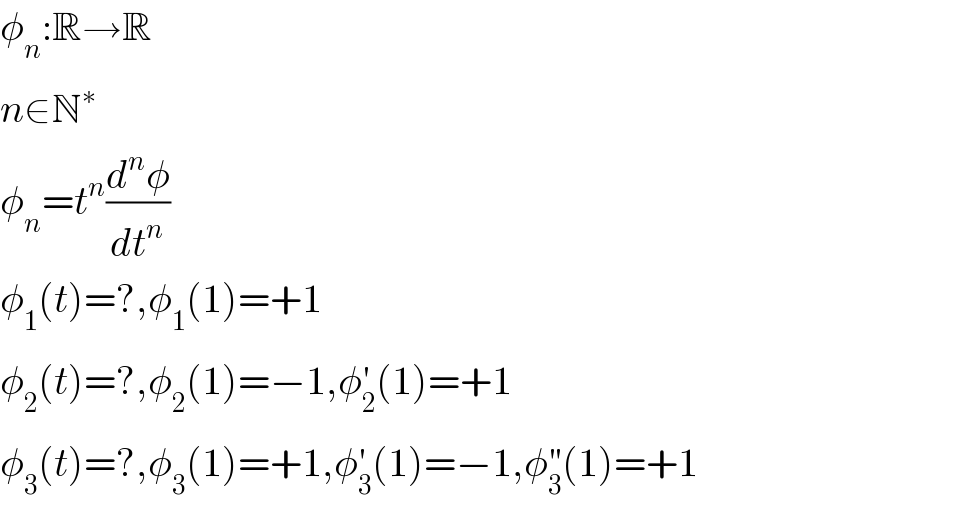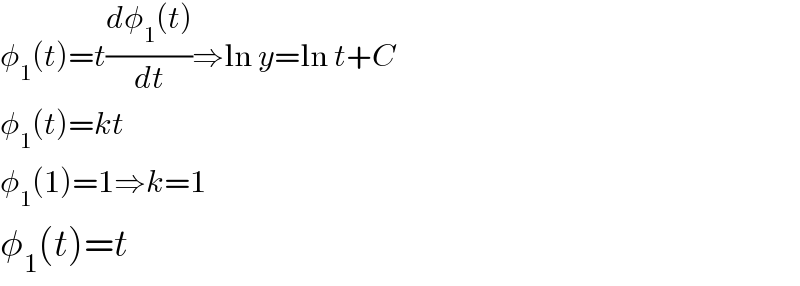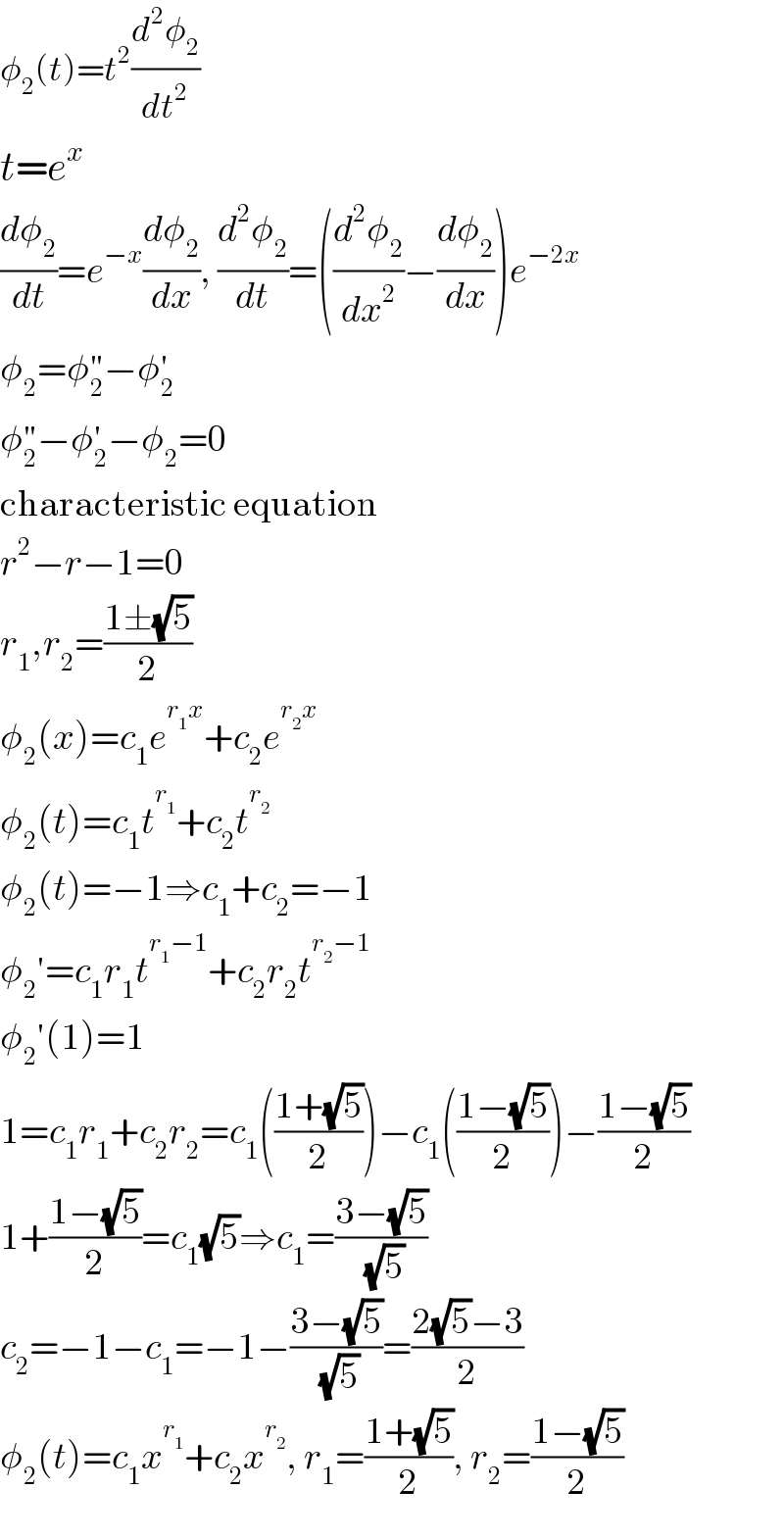
Question and Answers Forum
Question Number 1023 by 123456 last updated on 20/May/15

Commented by prakash jain last updated on 21/May/15

Answered by prakash jain last updated on 21/May/15

| ||
Question and Answers Forum | ||
Question Number 1023 by 123456 last updated on 20/May/15 | ||
 | ||
Commented by prakash jain last updated on 21/May/15 | ||
 | ||
Answered by prakash jain last updated on 21/May/15 | ||
 | ||
| ||